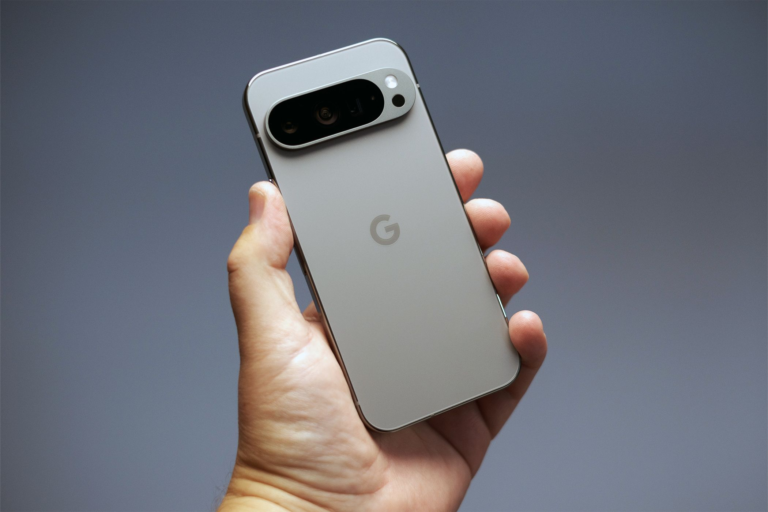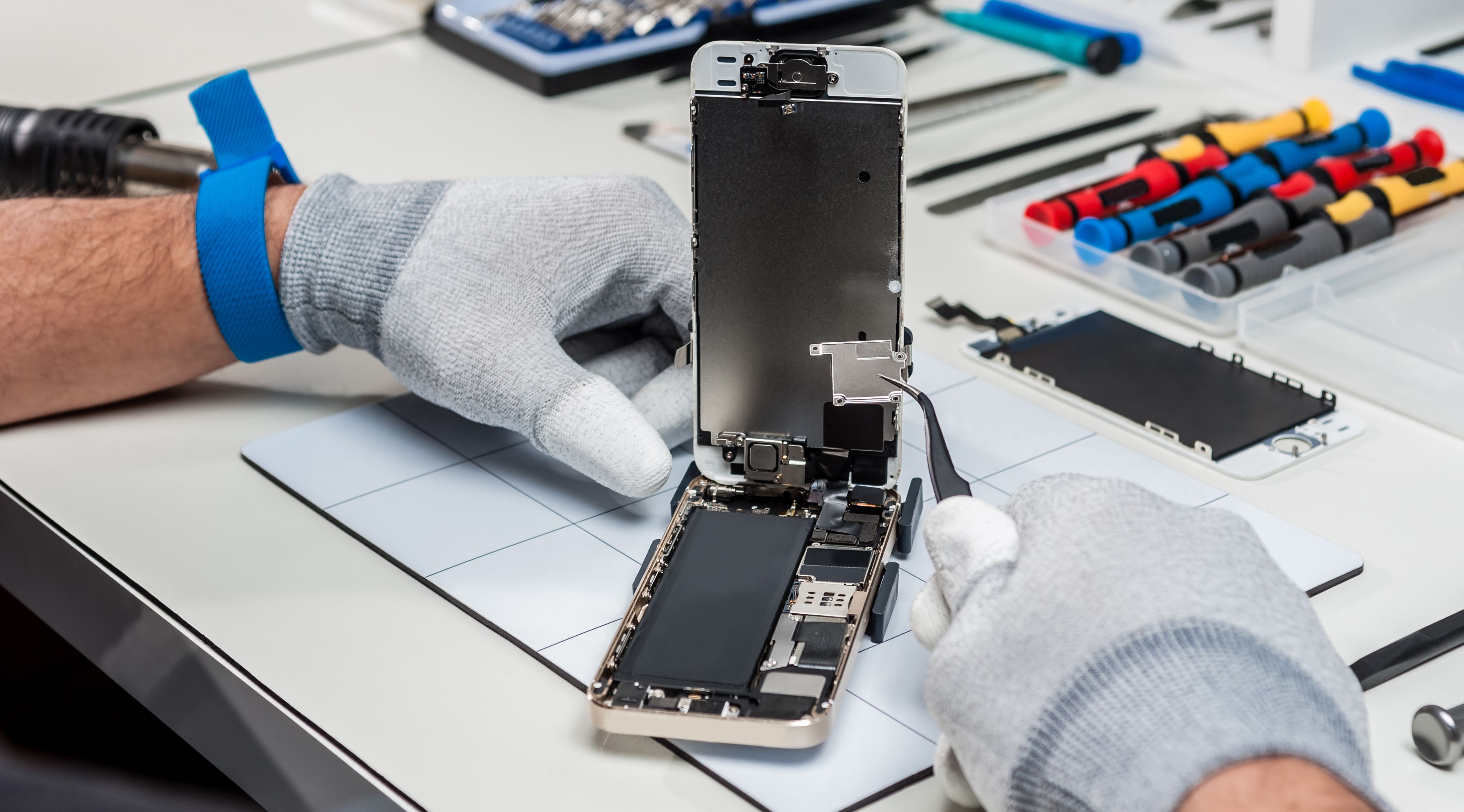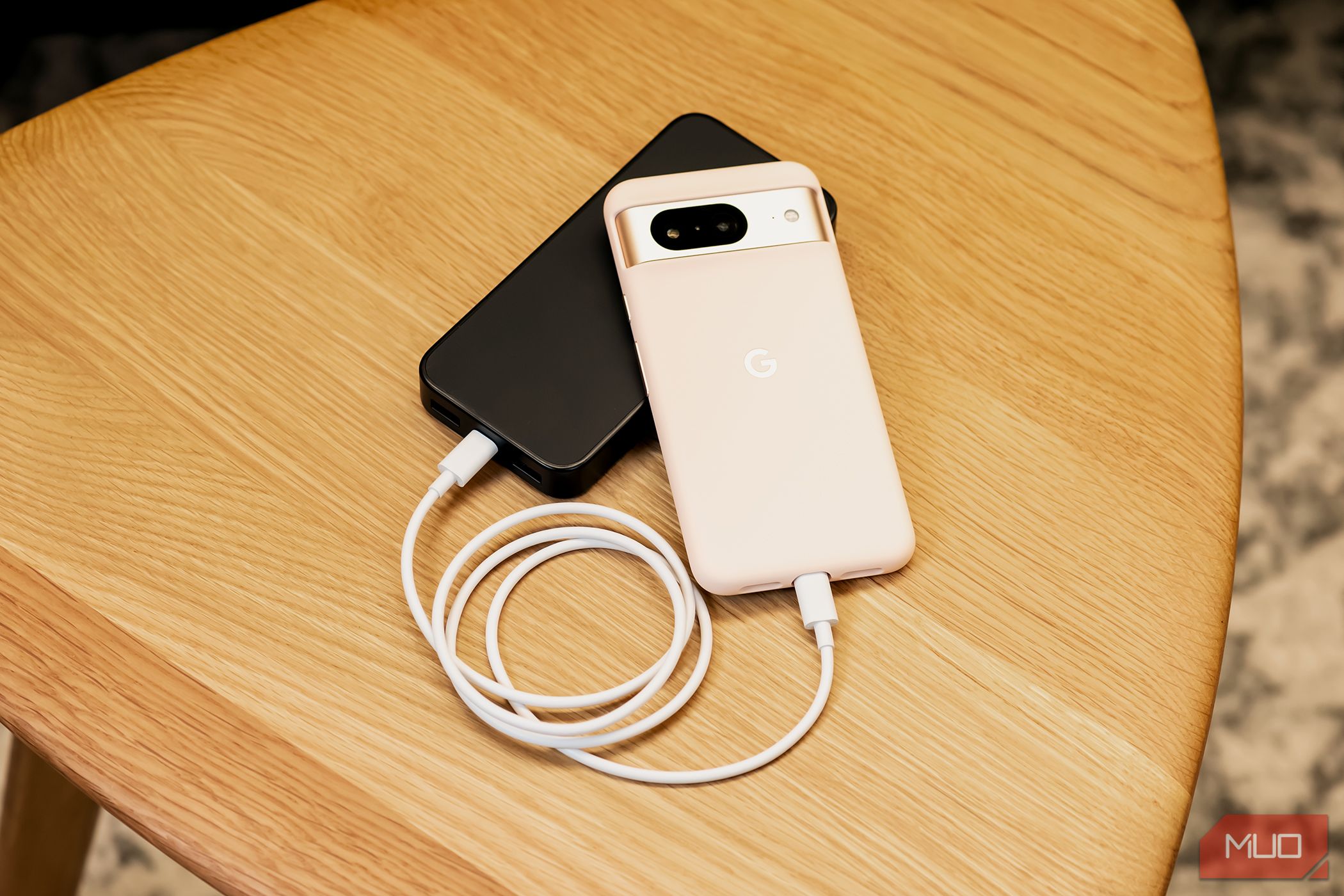Google has made immense progress over the years in establishing Pixel phones as a competitive and recommendable option. And I’ll admit, some of its features make me want to ditch my good ol’ trusty Samsung phone. However, while I do think the company’s mid-range phones offer great value, I can’t say the same for its flagships.
6
Poor Trade-In and Resale Value
Pixel phones retain their value about as long as ice cream on a hot day. Take the Pixel 8 Pro, for example; it launched at $999 but only fetches $225 at the Google Store in trade-in value at the time of writing—that’s 77% less when the phone isn’t even two years old yet.
Compare this to the iPhone 15 Pro Max, which launched at $1199 around the same time but still manages to fetch $630—47% less. Similarly, the $1199 Galaxy S23 Ultra is more than two years old now but still offers a very respectable value of $580—roughly 52% less.
Similar is the story when you sell these phones via marketplaces; you can get more than trade-in value, but the proportions remain relatively the same and don’t work in the Pixel’s favor.
It doesn’t feel good to pay full price for a phone that’s seemingly always on sale and loses its value so quickly. iPhones retain their value so well because Apple doesn’t really do discounts.
5
Limited Availability and Fewer Repair Shops
Unlike Samsung or Apple, Google’s Pixel lineup doesn’t have a global retail footprint and is officially sold in just a handful of countries—mainly the US, Canada, Australia, the UK, and a few major European and Asian countries. You can check the full list on Google Store.
In many supported regions, Pixel devices are sold exclusively via third-party retailers, and not Google’s official online store. If you live outside these regions, buying a Pixel often means importing it, which complicates warranty claims and access to support.
Even within major markets like the US, Google-authorized repair centers are sparse compared to the ubiquity of official Apple stores or Samsung’s certified service providers. If there isn’t one in your city, you’ll have to mail in your phone for repairs, which can sometimes take several days. In comparison, walk-in repairs usually take just a few hours for common issues like screen or battery replacement.
In the US and Canada, Google promises the availability of spare parts for a minimum of three years, but elsewhere, getting official parts can be a challenge. Contrast this to Apple and Samsung, which keep spare parts on hand even for models several years old.
4
Inferior Battery Life and Slow Charging
Battery life is the last major problem we’re yet to solve in modern phones. For some reason, companies have decided that all-day battery life is good enough for most users. But a quick look at the hype around new silicon-carbon batteries—currently only found in some Chinese flagships—will tell you that people are desperately waiting for a battery breakthrough and for their favorite brands to adopt the new technology.
You might be aware by now that while having a physically larger battery does help, it’s not the only factor contributing to longer battery life. Software optimization and the efficiency of the chip used to power the phone also play a major role. It’s why iPhones, even with their relatively smaller batteries, can last so much longer.
Like most people, battery life is a big priority for me, especially because I don’t upgrade my phone as often as enthusiasts usually do. Pixel flagships, in particular, are not yet at par with the competition. Don’t get me wrong; their battery life isn’t bad, but it’s not the best either. When you’re paying close to $1000 for a phone, you expect it to be better than “just fine.”
The quicker the battery depletes due to inadequate optimization or a less efficient chip, the more often you’ll need to plug in your phone. This means you’ll use up your limited charge cycles quicker, accelerating long-term battery degradation and reducing your phone’s overall lifespan. This goes against my priority to preserve my phone for as long as I can.
Pixel phones also suffer from slower charging; the Pixel 9 Pro might be the best Pixel ever, but it is capped at 27W, which is among the lowest I’ve seen on a modern flagship. The XL variant does go up to 37W, but that’s still painfully slow by current standards.
You might argue that slower charging is better for battery health, but the thing about fast charging is it’s not that harmful until about 70%. After that point, the internal resistance builds up, and the battery doesn’t accept charge as easily. Also, the peace of mind that fast charging offers is not something to take lightly, especially if you’re someone who’s always on the move.
Part of why the OnePlus 13 is highly reviewed is because it supports 100W charging, which can take its beefy 6000mAh battery from empty to 50% in just 13 minutes. That means you probably won’t ever have to worry about your phone dying on you in an emergency or while traveling to a remote location where a power outlet might not be readily available.
3
Weaker Performance and Slower UFS Storage
It’s not just efficiency that Pixel’s Tensor chips lag behind in; it’s also raw power. The difference in performance is not day and night, but competing flagships like the Galaxy S25 Ultra—which uses the latest Snapdragon 8 Elite chip—do seem noticeably more fluid and make every action feel instantaneous. There’s a reason that the Galaxy S25 Ultra is still considered one of the best phones on the market, despite being boring.
More power isn’t necessary for basic tasks like calling, texting, or web browsing. However, it does help future-proof your phone and perform demanding tasks with ease, like 4K video recording, video editing, high-end gaming, and multitasking. I do many of these tasks, so more power goes a long way.
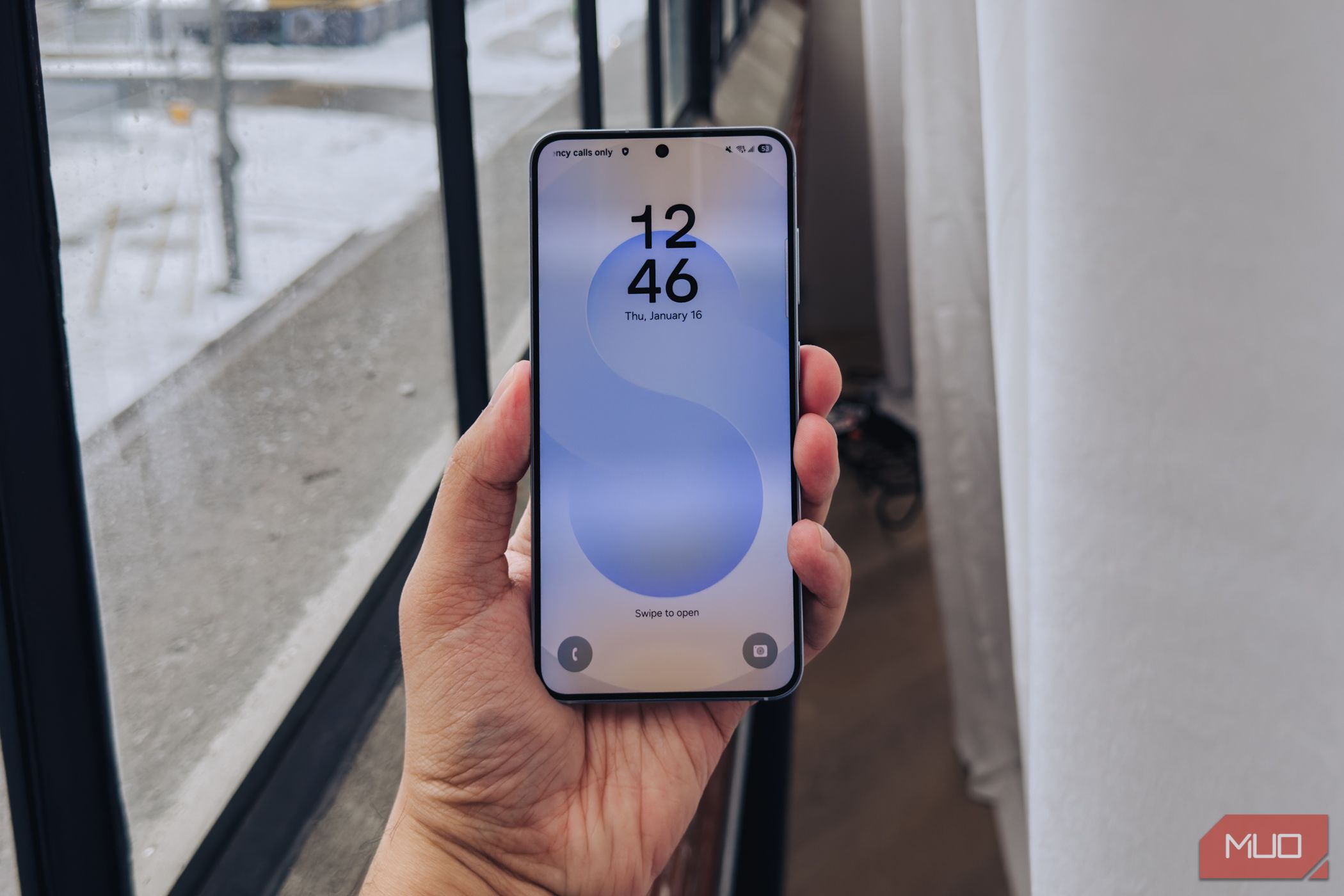
Related
The Pixel also falls behind in thermal management, so it warms up and starts to throttle quicker than its rivals. This isn’t to the point where it’s worrisome, but it is enough to invite caution not to push the device to its limits. I’m not saying the Pixel can’t handle big games, but it can’t do so as effortlessly as Samsung does.
You’ll also notice that Pixel flagships are not as fast when moving large files, launching games, or loading social feeds. This is because Google still uses the slower UFS 3.1 storage standard at a time when pretty much every other Android company has moved to UFS 4.
2
Limited Third-Party Accessories
Unlike iPhones—which get everything from premium cases to MagSafe wallets, battery packs, suction mounts, and more—Pixel phones don’t get the same third-party support. You’ll find the basics, sure, but the variety available isn’t as wide.
For instance, you won’t find the same selection of car mounts, lens protection, or photography accessories explicitly tailored for Pixel devices. It’s not a huge issue for everyone, but it’s something worth considering nonetheless.
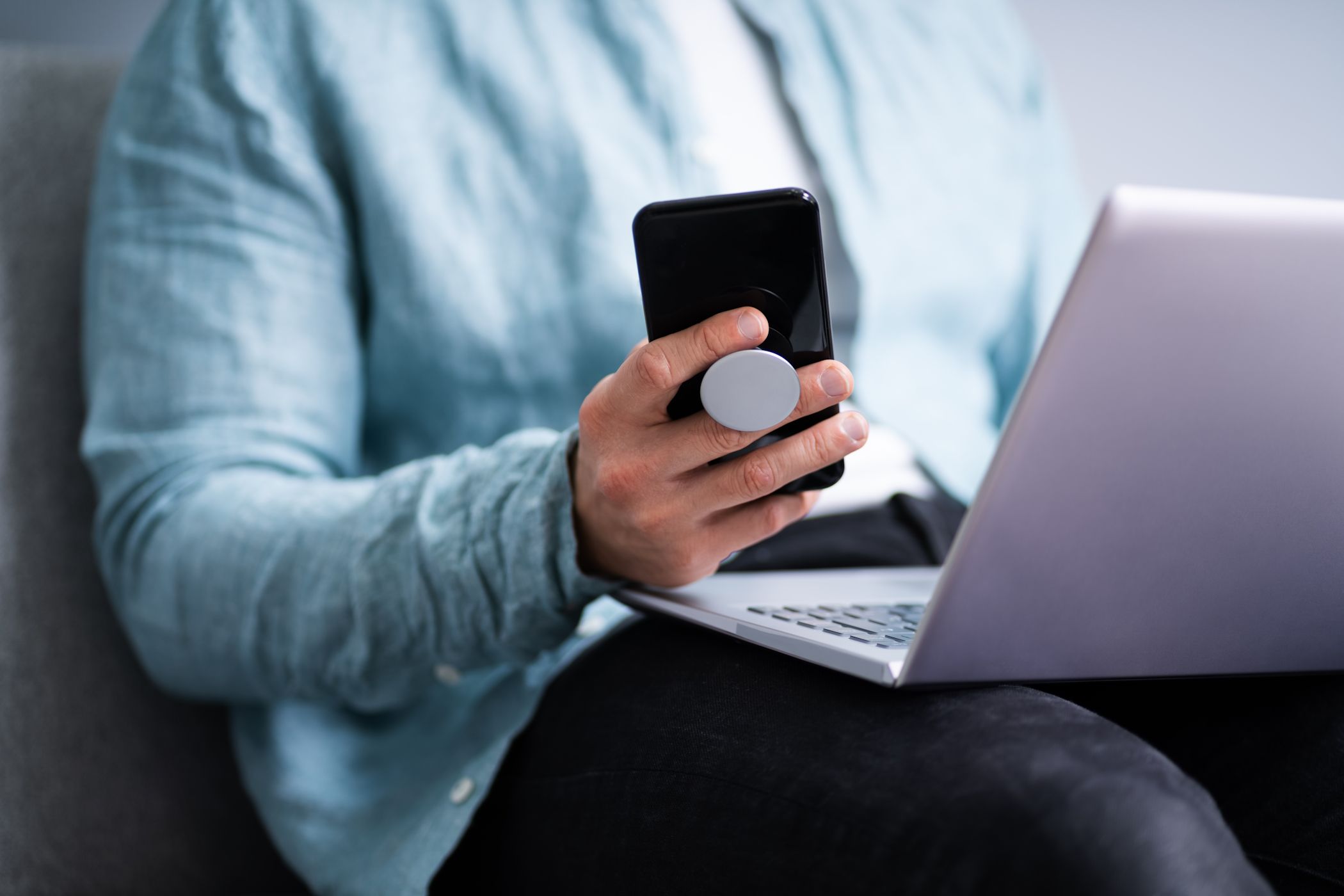
Related
10 Cheap and Handy Smartphone Accessories I Wish I’d Bought Earlier
Trust me. You’ll be glad you bought them, too.
1
More Software Bugs Than Competition
One thing you might notice about Pixel flagships is that they tend to be a bit more prone to software bugs compared to safer options like Samsung or iPhone. It’s not that every user runs into issues, but stories of random reboots, app crashes, unresponsive screens, and quirky UI glitches pop up often enough to raise eyebrows, especially right after major updates.
Part of that might be the price of being first in line for new Android features. If stability is a top priority for you, it’s worth keeping in mind that the Pixel experience—while improving with each generation—isn’t always the most polished. Occasional hiccups aren’t that big a deal to me if I’m buying a mid-range phone. However, I expect more from a $1000 flagship.
Google’s Pixel flagships bring a lot to the table. Clean Android software, top-tier cameras, and timely updates are great, but these devices aren’t without compromises. Shorter battery life, inferior performance, and poor resale value are among a few things worth weighing before making the jump.
For some, these quirks might be easy to overlook in favor of the Pixel’s strengths. But if you’re looking forward to a polished, all-around package like you’d get from a Galaxy or iPhone, it might be a good idea to manage your expectations beforehand.
